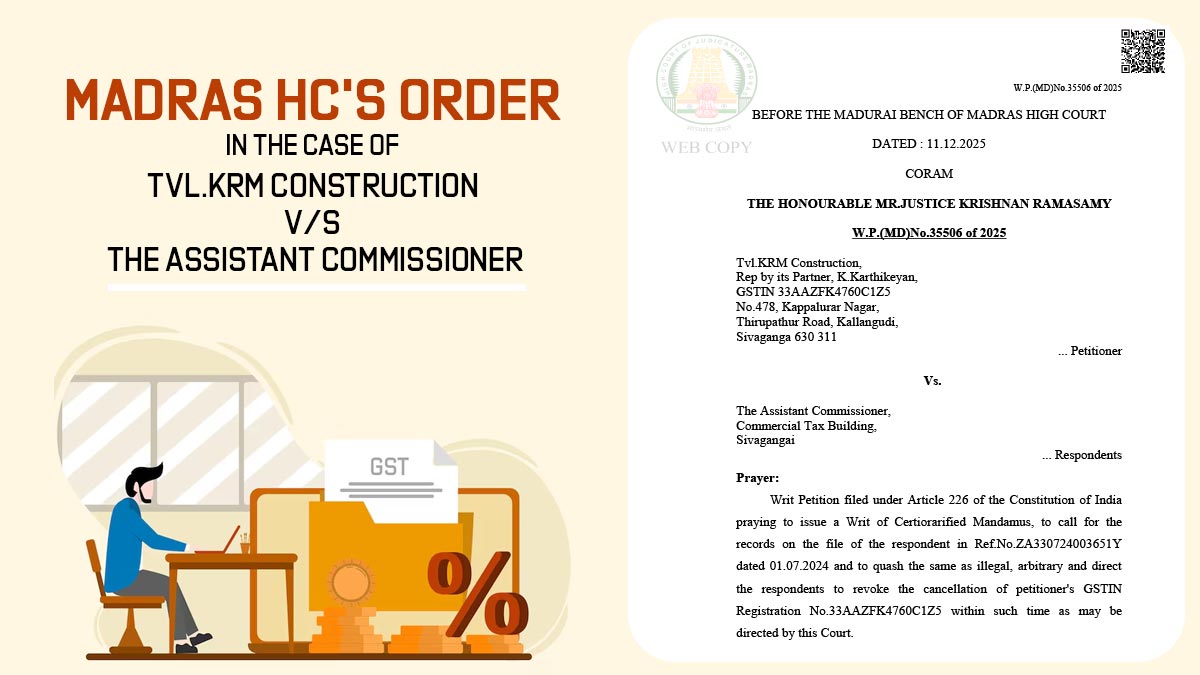
India can perform the essential improvisation of GST structure as it is turning five in the subsequent year of July, the compensation to states arrives at an end. The revamping of the tax slab and diminishing the exemptions can be acknowledged towards the single tax which was released on 1st July 2017.
The latest regime poses 3 important tax rates that cover the majority of the items with respect to the 4 now 5%, 12%, 18%, and 28%. The amendment shall ask for simplification of the regime as this shall increase the revenue.
Group of Ministers has said that the final report of GST rate rationalisation is to be submitted in the month of February 2022. CM of Karnataka Basavaraj Bommai confirmed. Earlier, this report was to be submitted before the 46th GST council meeting which will be held in the first week of January.
“At the last GST Council meeting, a presentation was given on various revenue scenarios… It is for states now to see how they wish to tackle the situation post-July,” mentioned the senior govt official explaining the important agendas.
The centre compensates the states for revenue loss on the behalf of the GST execution for 5 years which finishes the subsequent years. Once the compensation comes to an end the states are anxious for the essential low in revenues.
Central finance minister Nirmala Sitharaman showed that beneath GST a good tax rate has lowered from the previous revenue-neutral rate of 15.5% to 11.6% “knowingly or unknowingly” because of a variable rate that cuts down since the release of the GST in July 2017.
Read Also: Revised GST Slab Rates in India FY 2021-22
Policymakers Back Review of GST Slabs
The option is to integrate the 5% and 12% levies to create one rate and create a three-slab regime of the merged rate, 18% and 28%.
“Discussions have been centred around how this rationalisation needs to be achieved,” mentioned the officials.
Through the collection of the GST revenue the increase in the former months, it provides that rectification has been acknowledged.
The Group of ministers meets on Saturday to do a deep discussion in depth through the final suggestions to opt via GST administrations. As from the 4 major slabs 0.25% and 3% which is subjected to apply to the jewellery and some precious metals correspondingly. NK Singh who leads the 15th finance commission in its report furnished a GST structure rationalisation.
The tax expert mentioned that the GST collections displayed a rising trend from the former months; the same shall be the correct time to rectify the structure of the rate.
“There is a need for rate rationalisation in GST and the multiple exemptions need to go and rates need to converge to a two or three-rate structure,” declared by tax expert.
The GST base can be increased by cutting the exemption list which not only rises the revenue but indeed maintains the complete rates on fairgrounds. In place of paying attention to rising the good tax rate, the attention must be on widening the tax base via maintaining the levies at a mid-level stated by the tax expert.
“Further, from a tax policy perspective, it’s important to remove barriers like restrictions on claiming input credits and applying GST based on price points, size of packing, capacity and so on,” he added.









